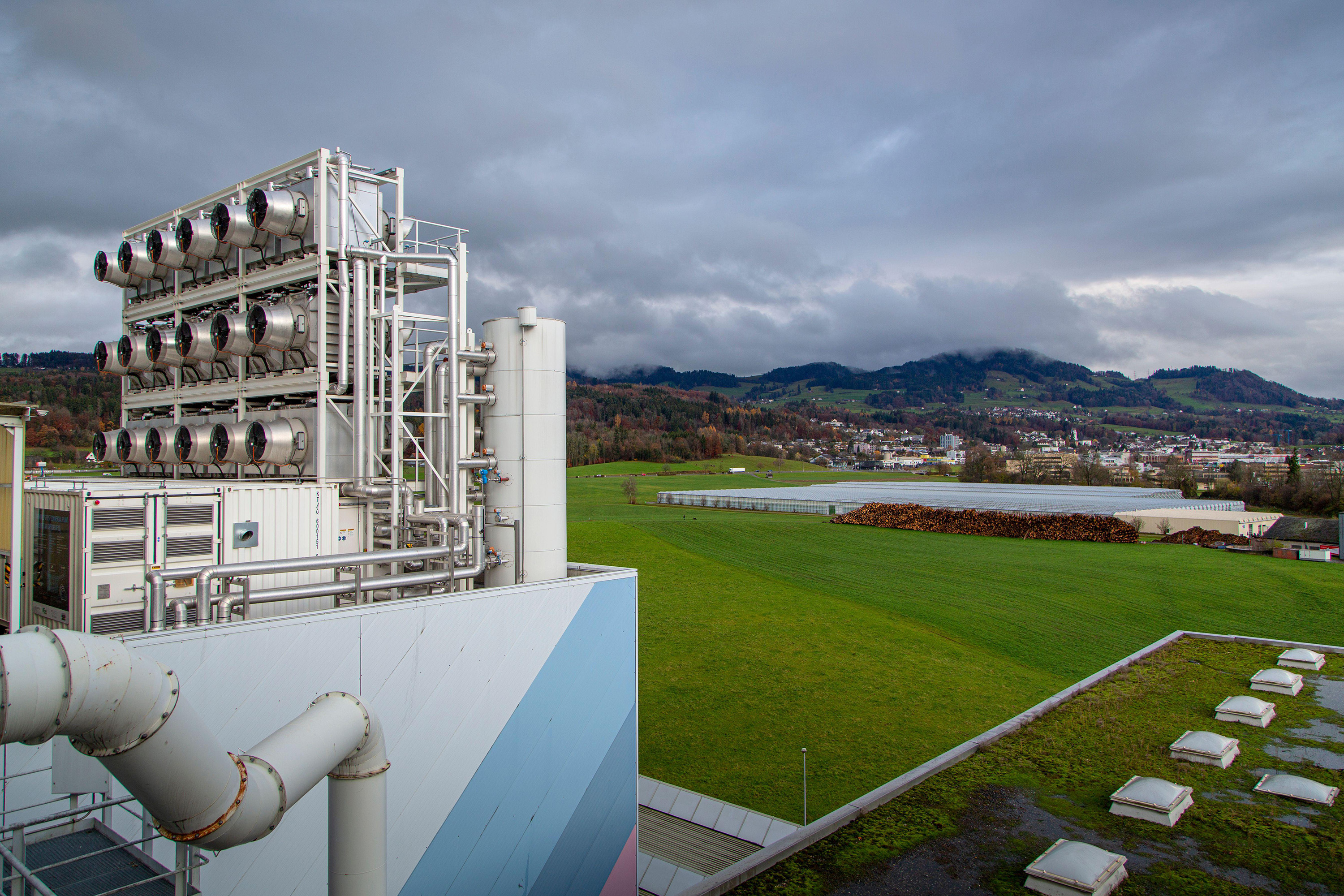Half of the world’s emissions cuts will require tech that isn’t commercially available
We need to accelerate investments into better batteries, clean hydrogen, biofuels and carbon removal, a new International Energy Agency report finds.

If the world hopes to eliminate carbon dioxide emissions by midcentury, nearly half the cuts will have to come from technologies that are only in early stages today.
That finding, in a report from the International Energy Agency released Tuesday, points to the need for aggressive investment in research, development, and scale-up of clean energy technologies.
The IEA’s road map for eliminating energy-related emissions by 2050—and offering a shot at capping global temperatures increases at 1.5 ˚C—includes substantial roles for technologies that barely exist or are far too expensive today. These include batteries packed with far more energy, clean hydrogen as a fuel or feedstock for industrial processes, liquid biofuels for aviation, and equipment that cheaply captures carbon dioxide emissions from factories and gas- or coal-fueled power plants.
The report also stresses the need for significant investments into tools for pulling carbon dioxide out of the air. Those include direct-air-capture machines, which exist but are very expensive today, and what’s known as bioenergy with carbon capture and storage (or BECCS), the idea that we can use plant materials for fuel and catch any emissions they produce during combustion.
The IEA’s findings feed into an ongoing debate over whether the world needs to focus on creating new technologies to combat climate change or aggressively deploying the ones we have.
US climate czar John Kerry triggered an online backlash over this issue this weekend by saying to the BBC: “I am told by scientists that 50% of the reductions we have to make to get to net zero are going to come from technologies that we don’t yet have.”
For its part, the IEA described them as technologies that are “currently at the demonstration or prototype phase” or “not yet commercially available.”
But the report makes clear the world doesn't have a choice between innovation or deployment. It lays out a timeline showing just how fast we also need to build out the technologies we already have to meet the midcentury goals.
By 2030, the world must add more than 1,000 gigawatts of wind and solar power capacity annually, which is just shy of the total electricity system in the US today. Electric passenger vehicles need to reach 60% of new sales by 2030, while half of heavy trucks purchased must be EVs by 2035. And by 2045, half of global heat demand must be met with heat pumps, which can run on clean electricity.
In short, we need to make rapid progress, on everything, all at once.
Deep Dive
Climate change and energy
The problem with plug-in hybrids? Their drivers.
Plug-in hybrids are often sold as a transition to EVs, but new data from Europe shows we’re still underestimating the emissions they produce.
Harvard has halted its long-planned atmospheric geoengineering experiment
The decision follows years of controversy and the departure of one of the program’s key researchers.
Why hydrogen is losing the race to power cleaner cars
Batteries are dominating zero-emissions vehicles, and the fuel has better uses elsewhere.
Decarbonizing production of energy is a quick win
Clean technologies, including carbon management platforms, enable the global energy industry to play a crucial role in the transition to net zero.
Stay connected
Get the latest updates from
MIT Technology Review
Discover special offers, top stories, upcoming events, and more.